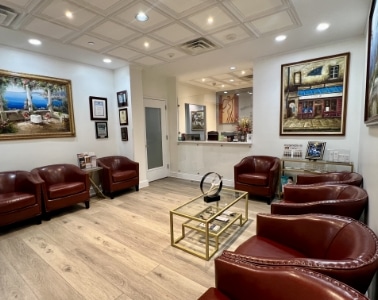
As we get older, our buttocks may begin to droop and sag like other areas of the body. Fortunately, like these other areas such as the breast and stomach, there are surgical options available for reversing these changes and returning to a tighter and firmer appearance.
A buttock lift can be done by lifting the buttocks, sculpting it with liposuction, enlarging it with implants or fat, or any combination of the three. The type of surgery performed will depend on the new look you desire. Buttock surgeries take into consideration the size, shape and skin quality of your buttocks, as well as the qualities that you desire after surgery. A lift is most often recommended after a large amount of weight loss, when there may be loose or excess skin. However, buttock lifts are not very common procedures because they leave a scar across the upper buttocks.
The actual procedure is performed as an outpatient surgery and usually takes 2-3 hours. Lift surgery is typically performed under general anesthesia. Most patients can return to work after a week to ten days, but full healing will take several months. The risks of a buttock lift are similar to those of other cosmetic surgeries and may include infection, healing problems or fluid drainage.
Scar Revision
Scar revision is performed to reduce the appearance of scars caused by injury or previous surgery. While many scars fade over time and eventually transform to become barely noticeable, many patients experience disruptions to the healing process that cause scars to become red, raised, indented or otherwise deformed.
Many patients may be unhappy and embarrassed by the appearance of these scars, especially when they are located in prominent areas, and seek treatment to improve them.
Type of Scar
There are several different types of scars that may be sustained, depending on the type and severity of the injury, as well as the patient's age, overall health and individual healing properties.
- Hypertrophic scars
- Keloids
- Contractures
Scar Revision Procedure
Scars are by definition permanent, but certain treatments can narrow, fade and otherwise reduce the appearance of severe or unattractive scarring, which is especially helpful in areas of cosmetic importance such as the face and hands. There are many surgical methods of scar revision, only some of which may be appropriate for a particular type of scar or its location. These include surgical excision, skin grafts, and flap surgery. The best procedure for each patient will vary depending on the location and severity of the scar, as well as the age, overall health and extent of revision desired by the patient.


